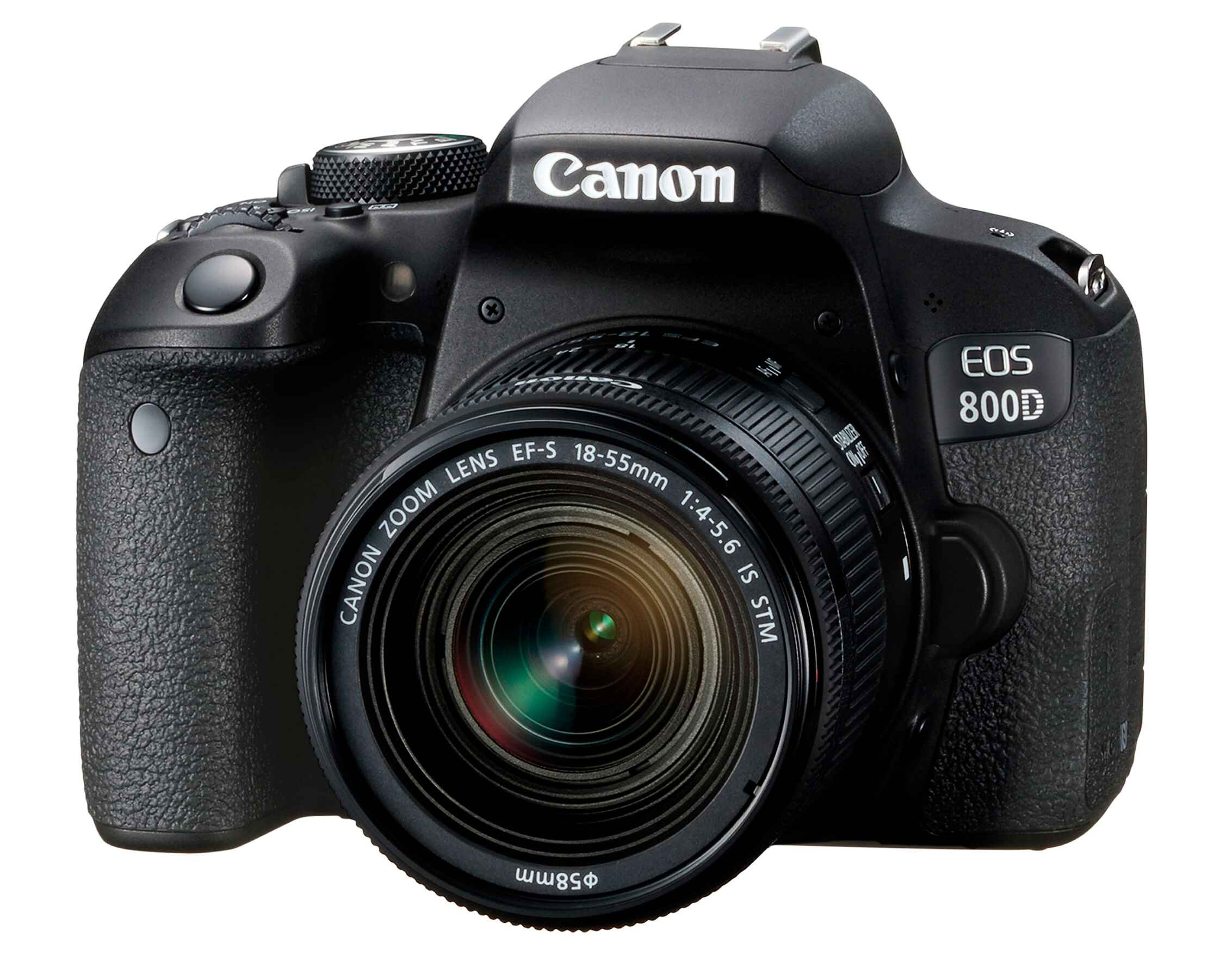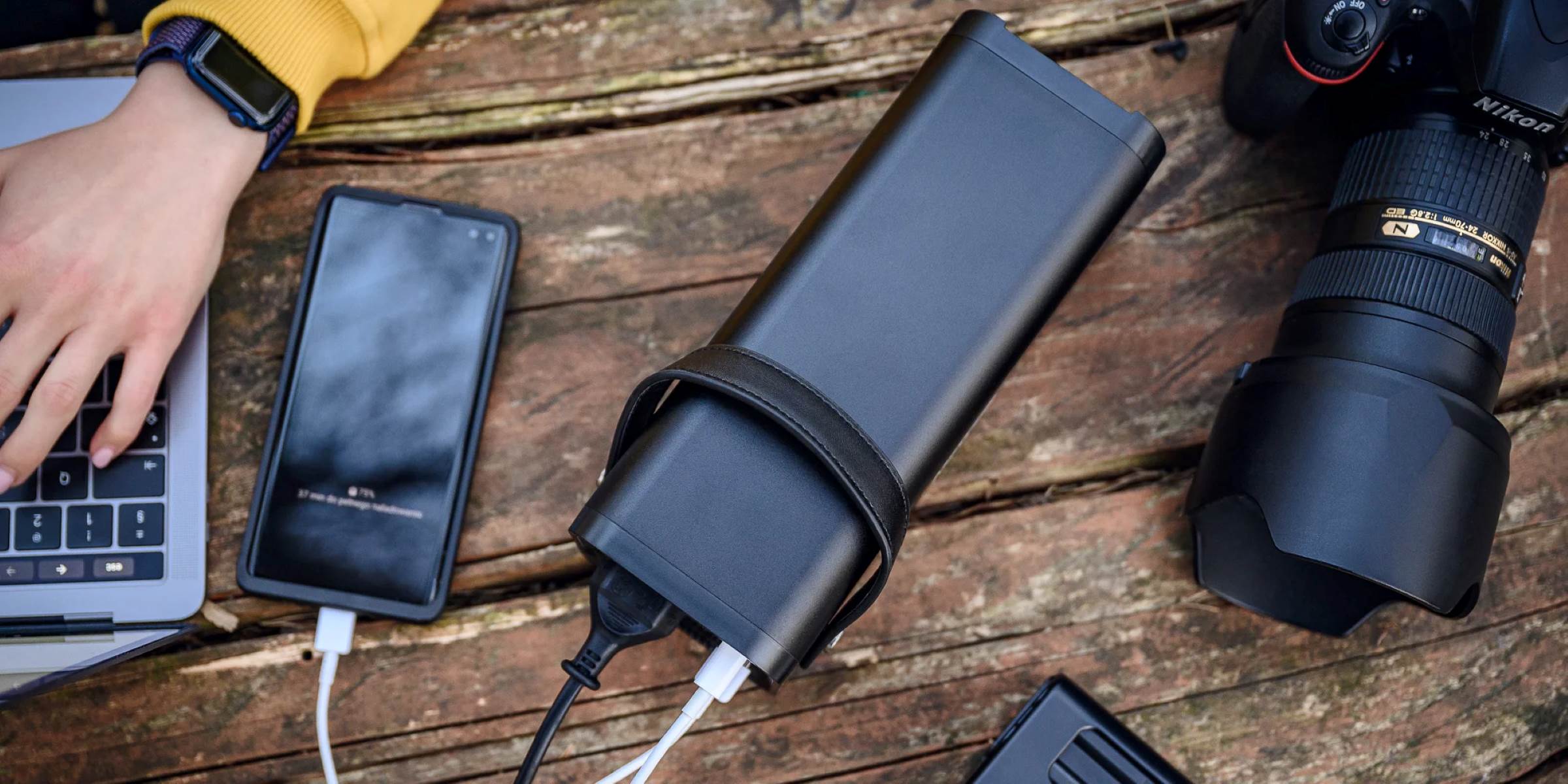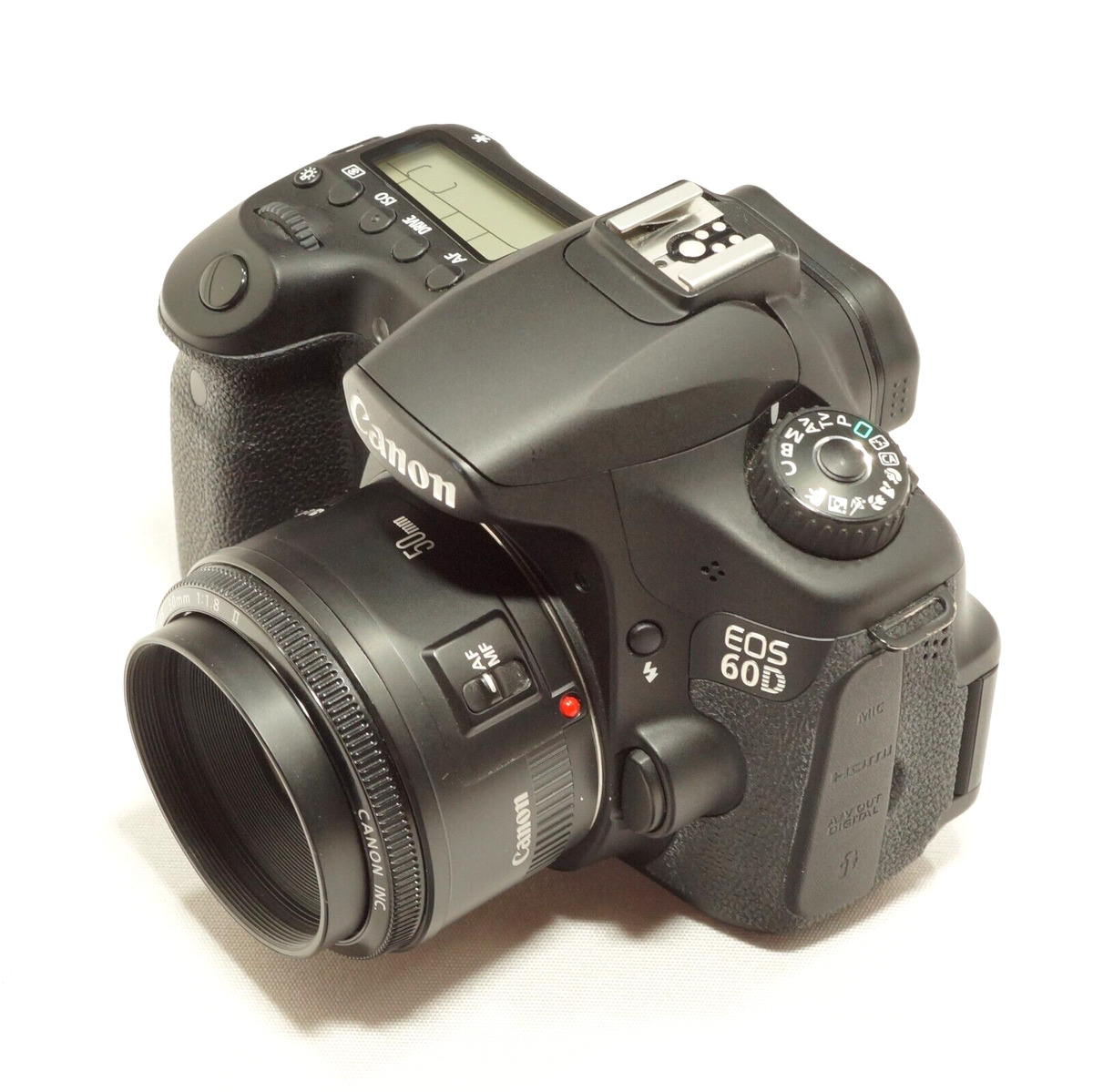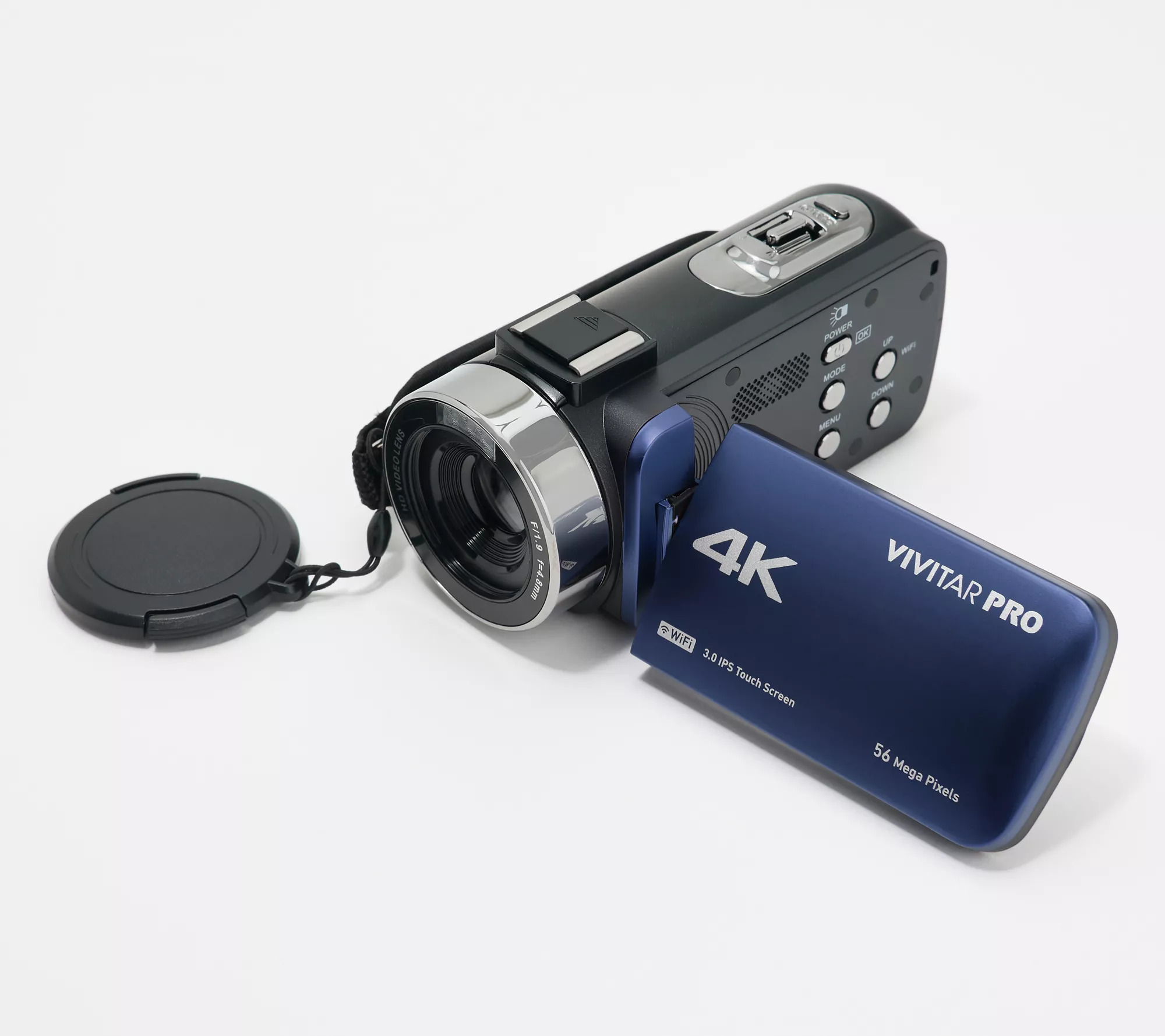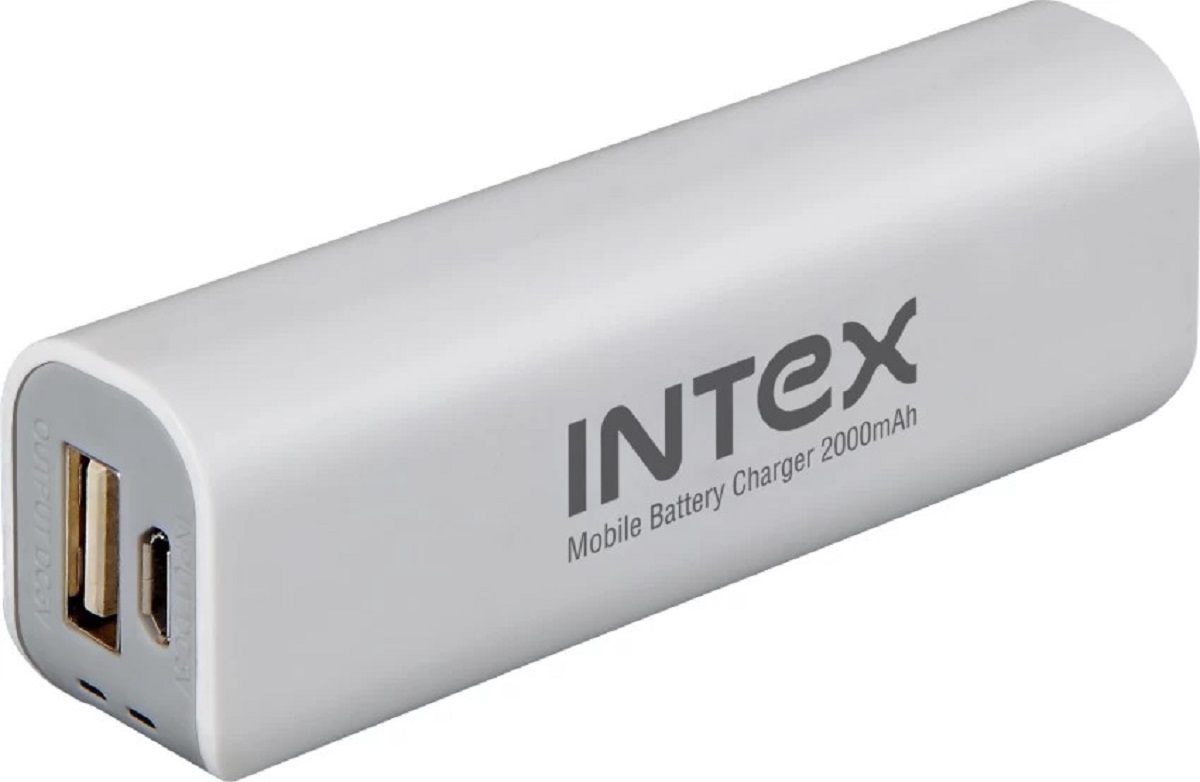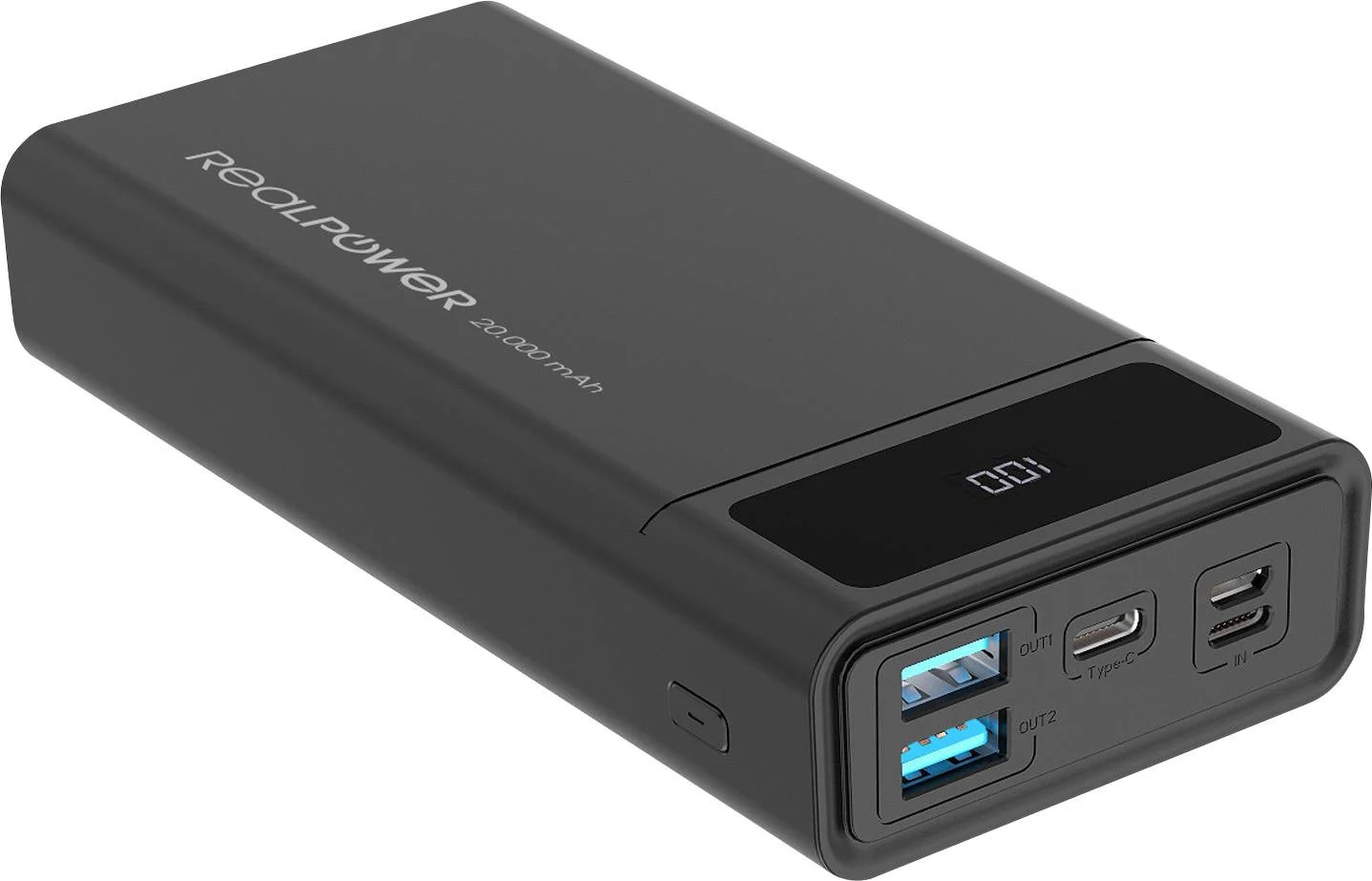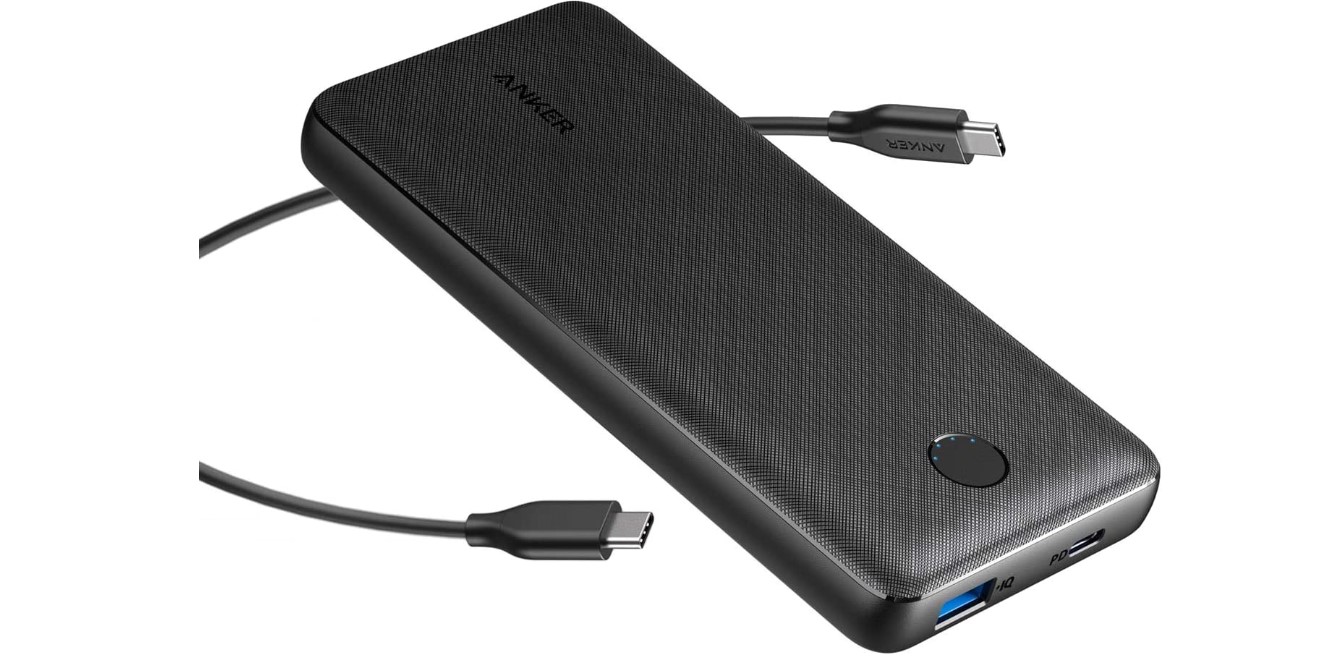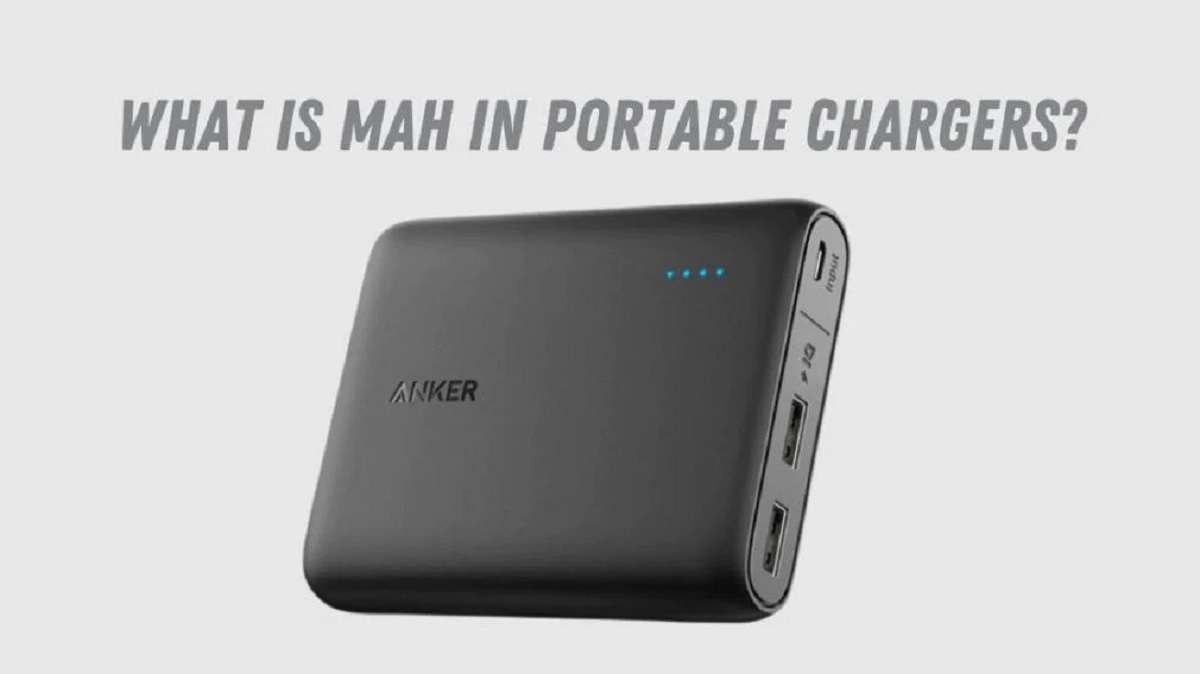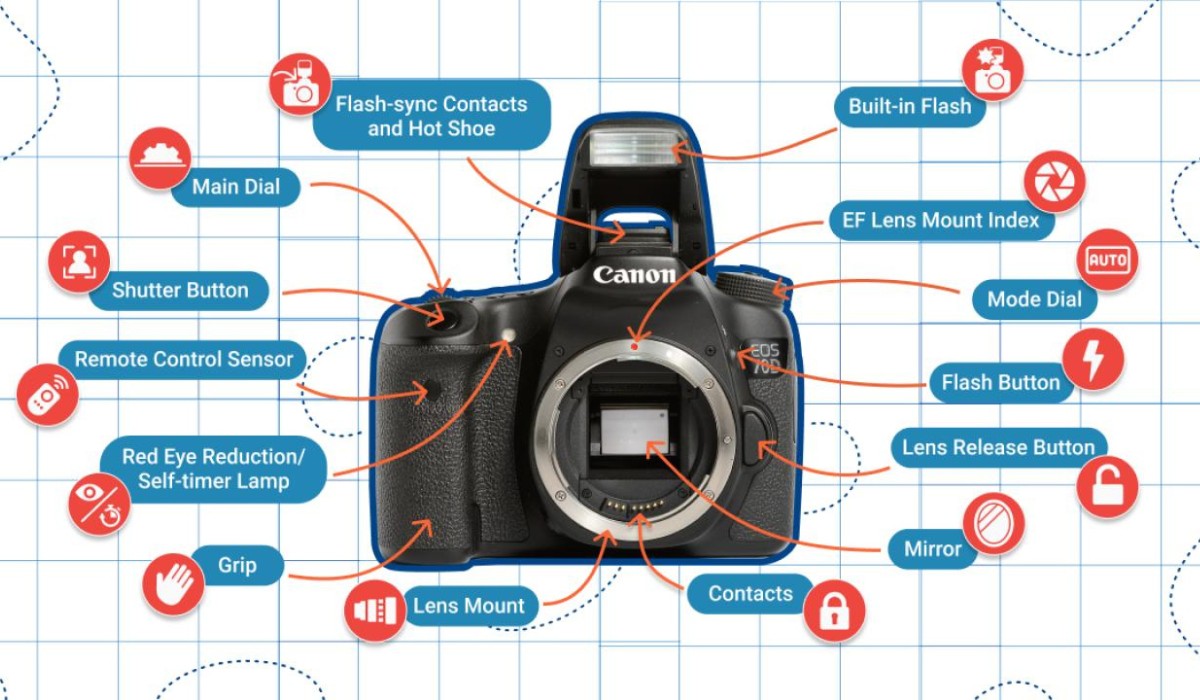Introduction
Are you an avid photographer who relies on a DSLR camera to capture breathtaking moments? Whether you're a professional photographer or an enthusiastic hobbyist, understanding your camera's battery capacity is crucial for seamless shooting experiences. In this guide, we'll delve into the intricacies of testing DSLR camera battery capacity in milliampere-hours (mAh), empowering you to optimize your photography sessions with confidence.
A DSLR camera's battery capacity, measured in mAh, indicates the amount of charge it can store and deliver to power the device. This metric directly influences the camera's operational longevity, determining how many shots you can capture before needing to recharge or replace the battery. By comprehending and testing the battery capacity, you can preemptively address potential power-related issues and ensure uninterrupted photo sessions.
In the subsequent sections, we'll explore the significance of battery capacity, elucidate the process of checking your DSLR camera's battery capacity, and guide you through the steps of conducting a comprehensive battery capacity test. By the end of this guide, you'll be equipped with the knowledge and practical insights needed to optimize your DSLR camera's battery performance and elevate your photography endeavors. So, let's embark on this illuminating journey to unlock the full potential of your DSLR camera's battery capacity.
Understanding Battery Capacity (mAh)
Before delving into the process of testing DSLR camera battery capacity, it’s essential to grasp the concept of battery capacity, typically denoted in milliampere-hours (mAh). Battery capacity refers to the amount of charge a battery can store and subsequently deliver to power a device. In the context of DSLR cameras, the battery capacity directly influences the operational longevity of the camera, impacting the number of shots that can be captured before requiring a recharge or battery replacement.
When a DSLR camera is in use, the battery discharges a specific amount of charge to facilitate various functions such as capturing images, operating the display screen, and enabling connectivity features. The battery’s capacity, measured in mAh, represents the total charge it can store and provide to sustain these operations. Higher mAh ratings signify a greater capacity to power the camera for extended durations, allowing for prolonged shooting sessions without the need for frequent recharging.
Understanding the battery capacity of your DSLR camera is paramount for efficient photography sessions. By being aware of the mAh rating, photographers can gauge the expected duration of uninterrupted usage before the battery requires recharging. This knowledge empowers photographers to plan their shoots effectively, ensuring that they have sufficient power to capture their desired images without interruptions due to battery depletion.
Moreover, comprehending battery capacity aids in selecting appropriate spare batteries for extended photo sessions. By considering the mAh ratings of spare batteries, photographers can ensure that they have ample backup power to sustain their photographic endeavors, especially during extensive shoots or while traveling.
As we proceed, we’ll explore the practical aspects of checking and testing the battery capacity of your DSLR camera, providing you with actionable insights to optimize your photography experiences through enhanced battery management.
Checking the Battery Capacity of Your DSLR Camera
Before embarking on the process of testing the battery capacity of your DSLR camera, it’s essential to ascertain the manufacturer’s specified mAh rating for the camera’s original battery. This information can typically be found in the camera’s user manual or on the manufacturer’s official website. The specified mAh rating serves as a benchmark for evaluating the battery’s actual capacity and determining if it has undergone any significant degradation over time.
Once you have identified the manufacturer’s specified mAh rating, you can proceed to check the current capacity of your DSLR camera’s battery. This can be accomplished using specialized battery diagnostic tools or by consulting with authorized service centers that offer battery testing services. Additionally, some modern DSLR cameras are equipped with built-in battery diagnostics that provide insights into the battery’s current capacity and health.
Another method of assessing the battery capacity involves using dedicated battery analyzers or multimeters, which enable you to measure the voltage, current, and overall performance of the battery. These tools provide valuable data regarding the battery’s capacity and can aid in identifying any deviations from the manufacturer’s specified mAh rating.
Furthermore, it’s advisable to monitor the battery’s performance during usage, paying attention to any indications of diminished capacity such as shortened operational durations or frequent recharging requirements. By observing the battery’s behavior in real-world scenarios, photographers can gain practical insights into its actual capacity and make informed decisions regarding potential replacements or supplementary power sources.
By proactively checking the battery capacity of your DSLR camera, you can effectively assess the health and performance of the battery, enabling you to address any capacity-related concerns and optimize your photography workflow with confidence.
Testing the Battery Capacity
Conducting a comprehensive test to determine the battery capacity of your DSLR camera is a crucial step in optimizing its performance and ensuring uninterrupted photography sessions. There are several methods to effectively test the battery capacity, providing valuable insights into its current state and overall health.
One approach to testing the battery capacity involves using dedicated battery testing equipment designed specifically for DSLR camera batteries. These testing devices employ controlled discharge cycles to measure the battery’s capacity accurately. By subjecting the battery to standardized testing procedures, photographers can obtain precise data regarding its mAh rating and performance characteristics.
Additionally, some battery testing equipment offers advanced diagnostic features, such as the ability to assess internal resistance, voltage profiles, and overall energy retention capabilities. These comprehensive evaluations provide a holistic understanding of the battery’s capacity and enable photographers to make informed decisions regarding its suitability for extended usage.
Another practical method of testing the battery capacity involves utilizing battery analyzers or chargers equipped with capacity testing functions. These devices can assess the battery’s capacity by discharging and recharging it under controlled conditions, allowing for accurate measurements of its mAh rating and performance under simulated usage scenarios.
Furthermore, photographers can employ multimeters to measure the voltage and current output of the battery, providing valuable insights into its capacity and overall health. By monitoring the battery’s electrical characteristics, such as voltage drop during usage and recharging efficiency, photographers can gauge its performance and make informed assessments regarding its capacity.
It’s important to note that conducting periodic battery capacity tests is essential for proactive battery management. By establishing a regular testing schedule, photographers can monitor the gradual degradation of the battery’s capacity over time and preemptively address any performance-related concerns. This proactive approach enables photographers to maintain optimal battery performance and plan for potential replacements or supplementary power sources as needed.
By diligently testing the battery capacity of your DSLR camera, you can gain valuable insights into its performance characteristics and make informed decisions to enhance your photography experiences with reliable and long-lasting power sources.
Interpreting the Results
Once you have conducted the battery capacity test for your DSLR camera, it’s essential to interpret the results to gain a comprehensive understanding of the battery’s performance and health. The data obtained from the capacity test provides valuable insights that can inform your decisions regarding battery management and potential corrective actions.
When reviewing the test results, pay close attention to the measured mAh rating and compare it to the manufacturer’s specified capacity. Discrepancies between the measured capacity and the specified rating can indicate potential degradation or wear of the battery over time. A significant variance may necessitate further evaluation or consideration of battery replacement options to maintain optimal performance.
Additionally, assess the discharge curves and voltage profiles obtained during the capacity test. These graphical representations can reveal the battery’s behavior under load and provide insights into its energy retention capabilities and overall stability. Deviations from expected discharge profiles may indicate internal issues or diminished capacity, warranting closer scrutiny and potential corrective measures.
Furthermore, consider the internal resistance measurements obtained during the capacity test. Elevated internal resistance can impede the battery’s ability to deliver power efficiently, leading to reduced operational durations and increased heat generation during usage. By analyzing the internal resistance data, you can gauge the battery’s health and anticipate potential performance limitations in real-world scenarios.
It’s crucial to contextualize the test results within the broader usage patterns and operational requirements of your photography sessions. Consider the typical shooting conditions, environmental factors, and power demands of your photography endeavors when interpreting the capacity test data. This holistic approach enables you to align the test results with practical usage scenarios and make informed decisions regarding battery management strategies.
Upon interpreting the capacity test results, it’s advisable to establish a proactive approach to battery management. If the test reveals significant capacity degradation or performance limitations, consider exploring options such as acquiring spare batteries, implementing efficient charging practices, or consulting with authorized service centers for battery maintenance or replacements.
By conscientiously interpreting the capacity test results, photographers can proactively address potential battery-related concerns, optimize their power management strategies, and ensure seamless and uninterrupted photography experiences with their DSLR cameras.
Conclusion
Understanding and testing the battery capacity of your DSLR camera is a fundamental aspect of optimizing your photography experiences. By delving into the intricacies of battery capacity, photographers can gain valuable insights into their camera’s power management and make informed decisions to ensure uninterrupted and reliable performance.
Throughout this guide, we’ve explored the significance of battery capacity, elucidated the process of checking the battery capacity of a DSLR camera, and provided insights into conducting comprehensive capacity tests. By comprehending the nuances of battery capacity, photographers can proactively address potential power-related concerns and enhance their photography workflow with confidence.
When embarking on the journey of testing DSLR camera battery capacity, it’s essential to approach the process with diligence and a proactive mindset. By leveraging specialized testing equipment, battery analyzers, and multimeters, photographers can gain precise insights into their battery’s mAh rating, discharge characteristics, and internal resistance, empowering them to make informed decisions regarding battery management and potential corrective actions.
Interpreting the results of the capacity tests is equally crucial, as it provides a comprehensive understanding of the battery’s performance and health. By scrutinizing the measured mAh rating, discharge curves, voltage profiles, and internal resistance data, photographers can contextualize the test results within the broader usage patterns and operational requirements of their photography sessions, enabling them to align the findings with practical usage scenarios and proactively address potential battery-related concerns.
As photographers navigate the dynamic landscapes of their creative pursuits, the reliability and longevity of their DSLR camera’s battery play a pivotal role in shaping their photography experiences. By embracing the insights and methodologies presented in this guide, photographers can optimize their power management strategies, ensure seamless and uninterrupted photography sessions, and elevate their ability to capture captivating moments with unwavering confidence.
In conclusion, the journey of testing DSLR camera battery capacity empowers photographers to harness the full potential of their equipment, enabling them to embark on captivating photographic endeavors with the assurance of reliable and enduring power.







